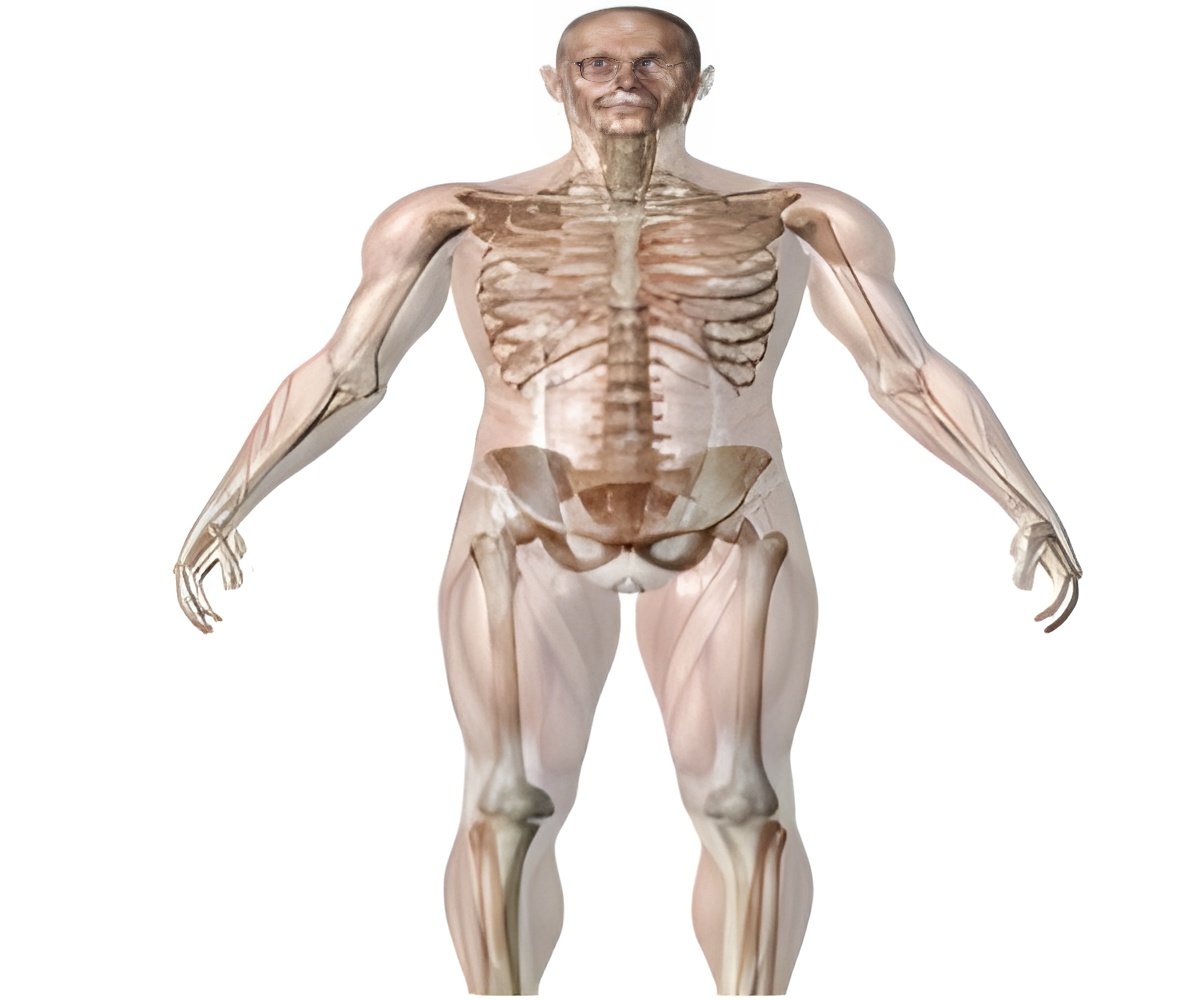A study published online on January 2 in the Journal of Cell Biology describes how increased production of a microRNA promotes progressive muscle deterioration

miR-21 was upregulated in the collagen-producing fibroblasts of both DMD patients and mice that develop disease symptoms similar to human muscular dystrophy (so-called mdx mice). Inhibiting miR-21 reduced collagen levels and prevented, or even reversed, fibrogenesis in diseased animals, whereas mdx mice overexpressing the microRNA produced more collagen and developed fibrotic muscles at earlier ages.
The researchers also discovered that TGF-beta activity and miR-21 production were regulated by the balance of two extracellular factors: uPA—a protease that activates TGF-beta—and its inhibitor PAI-1. mdx mice developed fibrotic muscles more quickly in the absence of PAI-1, but these symptoms could be reversed by inhibiting uPA with a drug or a specific siRNA. In addition to producing more collagen, PAI-1–null fibroblasts also proliferated rapidly because the extra miR-21 induced by active TGF-beta inhibited the tumor-suppressive phosphatase PTEN.
TGF-beta inhibitors prevent muscle fibrosis but have damaging side effects; this study suggests that uPA or miR-21 may make attractive alternative drug targets. Muñoz-Cánoves now wants to investigate the function of miR-21 in other cell types that influence muscle homeostasis, such as the macrophages involved in tissue repair.
Source-Eurekalert








